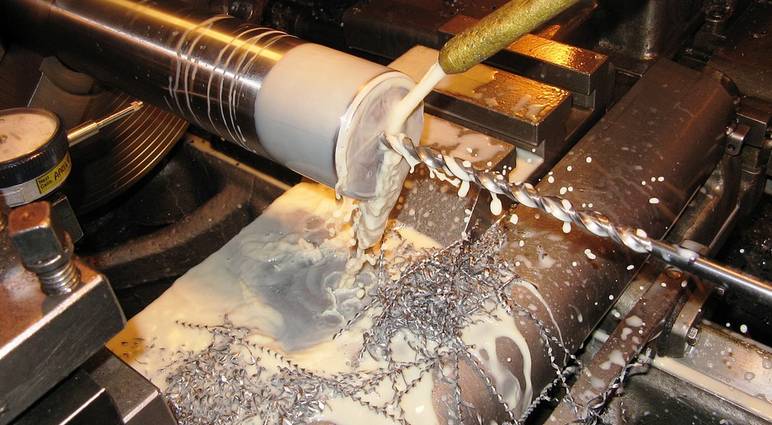A Quick Guide To Getting Started
Recycling is a big deal, and it shouldn’t feel like some stuffy chore that no one enjoys. We want to make the process as straightforward as possible so you can start contributing to a cleaner planet without feeling overwhelmed.
First things first: let’s talk about the basics of recycling. It’s not rocket science, but it does involve understanding the rules in your area and being mindful of what goes where. You might be surprised by how much waste you generate daily!
The first step is to familiarize yourself with the local recycling guidelines. This usually involves checking your municipality’s website or contacting their waste management department for a comprehensive guide on acceptable materials, proper sorting practices, and frequently asked questions.
Once you have the inside scoop, it’s time to get organized. Create designated bins in your home for recyclables – one for paper, another for plastic and metal. This will enhance visual clarity and make the process of separating waste less daunting.
Remember: not all plastic is created equal! Different plastics require different recycling processes. Check for the recycling symbol on the packaging to identify which container your recyclable belongs in.
Here’s a quick rundown of common recyclable materials: glass bottles and jars, aluminum cans and foil, cardboard boxes, newspapers, magazines, and paper towels. Always check with local guidelines to ensure you’re getting it right!
Now, let’s talk about the “How To” – actually separating your recyclables. Here’s a basic breakdown:
1. **Paper & Cardboard:** You can typically toss those newspaper piles in one bin. For cardboard boxes, break them down before tossing them into the recycling bin! This makes space for other items.
2. **Metal Containers and Cans:** Before putting these items into your recycling bin, ensure they are free of food residue. Empty containers, like cans of soup or fruit juice, should be rinsed out to avoid contamination.
3. **Plastic Bottles (with the Recycling Symbol):** Remember, some plastics can’t be recycled, so check for the triangle symbol with a number inside! This tells you what type of plastic you’re dealing with.
4. **Glass Containers:** These reusable wonders often get recycled for everything from drinking glasses to jars. Check whether your recycling bin accepts glass.
5. **Electronics and Appliances:** If you’re upgrading or replacing, remember to recycle your old electronics at designated collection points—don’t throw them out in the regular trash! These gadgets can be hazardous, so they need special treatment.
6. **Yard Waste and Compostable Materials:** This often gets tossed in a separate bin for organic materials. You should consider this when doing garden cleanup or preparing compost.
7. **Compostable Food Waste:** As we move towards a more sustainable lifestyle, composting food waste is becoming increasingly popular. It’s an excellent way to reduce your environmental footprint and create valuable soil amendments for your plants.
8. **Clothing & Textiles:** This category often gets overlooked. Old clothes can be donated or sold at clothing donation centers or thrift shops. Alternatively, some items like bedsheets or curtains can be recycled into new fabrics.
9. **Batteries:** This one deserves a special mention. Most electronic devices come with pre-packaged batteries that need to be disposed of properly in designated receptacles. Don’t throw them in the regular trash where they may pose a serious health hazard!
Once you’ve sorted your recyclables, it’s time for the final step: drop those bins off at your local recycling center or curbside pickup point.
Now that you’re equipped with the knowledge and steps to recycle effectively. It’s important to remember: recycling takes effort!
A few helpful reminders:
– **Start small:** Don’t feel pressured to become a recycling master overnight. Focus on one area at a time, like separating your recyclables from your household waste.
– **Make it easy for yourself:** Keep recyclable materials easily accessible and put them in designated bins or containers.
– **Get creative with your recycling efforts:** For example, use old jars as storage containers for food or craft supplies. You can never underestimate the power of a little creativity when it comes to finding new ways to recycle!
– **Lead by example and inspire others:** Once you’ve started your recycling journey, don’t hesitate to share your knowledge with friends and family members.
Recycling is not just about saving the planet; it’s also about making a real difference in your community. Every effort counts, and even small changes can have a significant impact over time!
